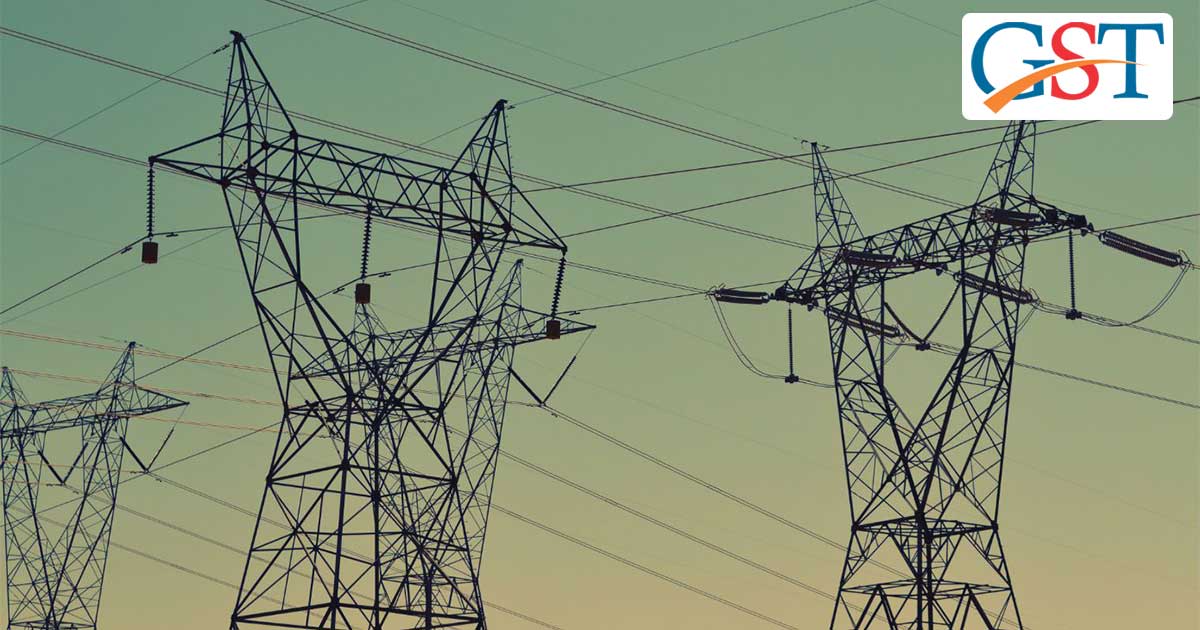With the exclusion of electricity from the GST, Indian consumers will be paying Rs 30,000 crore extra in a year as a spending on power consumption. The power producers are not able to get credit for taxes and cess paid and this can be burdensome for them.
The coal attracts 5% GST while the dry fuel includes Rs. 400 per tonne cess and extra 5% GST is also paid for transportation by trains. The power sector in India used around 600 million tonnes of coal in 2016-17 and it is supplied by Singareni Collieries Company Ltd (SCCL), Coal India (CIL) and some offshore industries to meet the requirement.
Leaving the coal produced by captive mines, the total consumption still touches 622 million tonnes. By considering 622 million tonnes of coal consumption as an approx number, the annual cess liability still shows Rs 25,000 crore for purchasing the coal.
By measuring CIL’s G9 coal, the Rs 1,100 per tonne price as the benchmark price, the cost under GST liability indicates Rs 55 per tonne. With this rate, the total GST liability comes out is Rs 2,596 crore.
Further, considering 300 million tonnes of coal is supposedly carried by trains covering 600 km, the total GST liability on transportation costs at Rs 1,500 crore.
Read Also: Goods and Services Tax Impact on Agriculture Sector in India
If we include GST liability, Cess, and Transportation GST, the number reaches to Rs 29,096 crores. This spending is transferred from producers to the consumer as there is no other way to compensate the tax paid.
Power consumers also discharge electricity duty depending on the state to state. The more the consumption, the higher the liability for end-users. Some states charge as a percentage of total charges and in some applying on whole charges. The maximum limit for duty is 20% in some states.
The NDA government is trying hard to enhance electricity coverage under Saubhagya scheme and ‘Power for All’ by 2019. The cascading tax burden is not eliminated and electricity exclusion under GST is creating a problem for people living in rural areas and lower-wage groups.
Besides the loss to lower class society, high tariff rates reduce the competitiveness of industries in the global market.
The Confederation of Indian Industry (CII) also requested the government to include natural gas and oil under GST ambit soon.
The Industry body also recommended the C form, used by a registered dealer to a seller to get a concessional sale in CST, is required to continue to reduce high tax incidence on mentioned products. Previously, the dealer could purchase inter-state non-GST goods by utilizing concessional central sales tax at 2% by filing Form C.
The CII said in a statement, “Though the understanding is that the previous value-added tax (VAT) and CST rules would continue to apply to the excluded products, however, the related sectors continue to incur huge GST impact on all inputs without any set-off, as sale of crude oil and natural gas are outside the purview of GST and are subject to existing OIDA (Oil Industry Development Act) Cess, CST Act and State VAT.”
Recommended: What if Petrol and Diesel Come Under Goods and Services Tax India?
Till the date, automobile manufacturers, power producers, fertilizer manufacturers, and other related industries were purchasing petroleum and natural gas by disbursing CST at 2% for Form-C.
After GST implementation, the credit paid for VAT is not accessible on petroleum products comprising natural gas and the amendment of the CST act changed inter-state sale of the products
Till GST includes the power, high input taxes are expected to make tariffs high and restricting the government’s plan to improve electric accessibility to poor.
